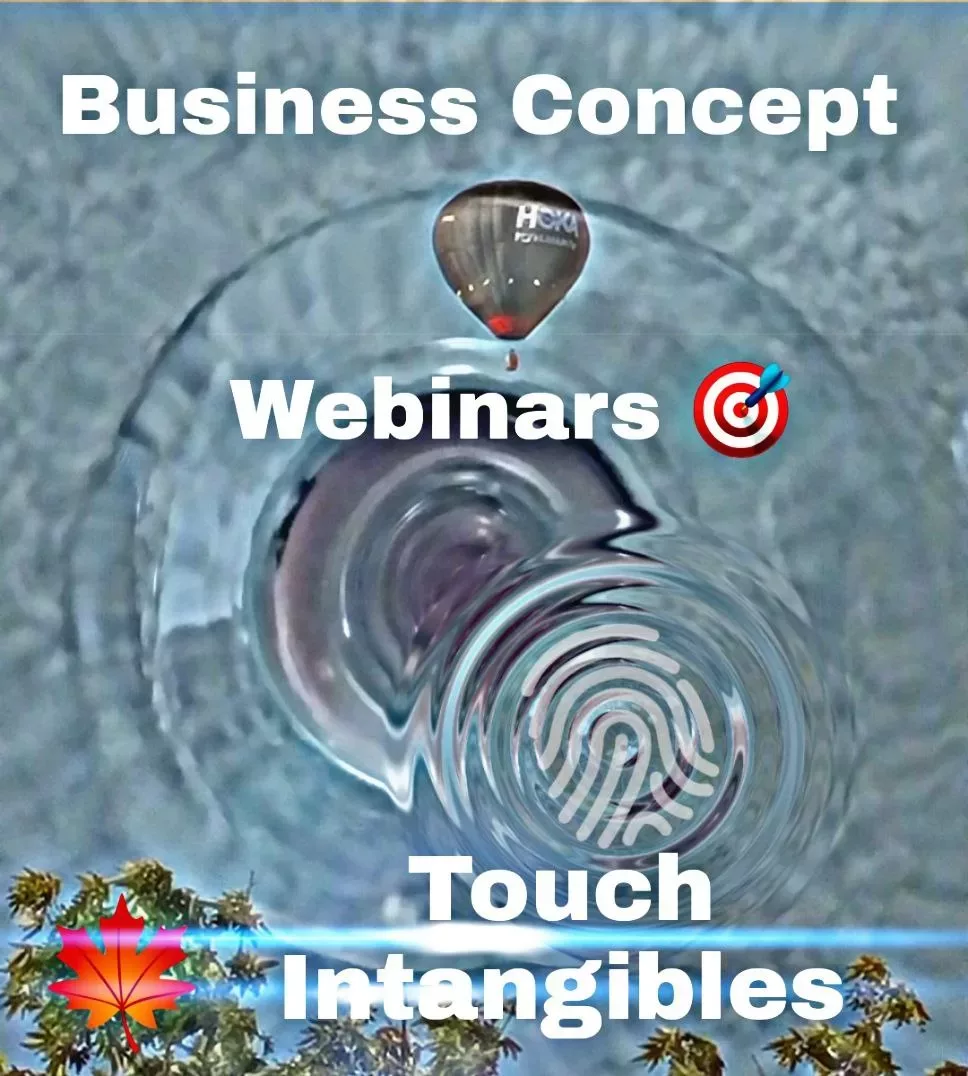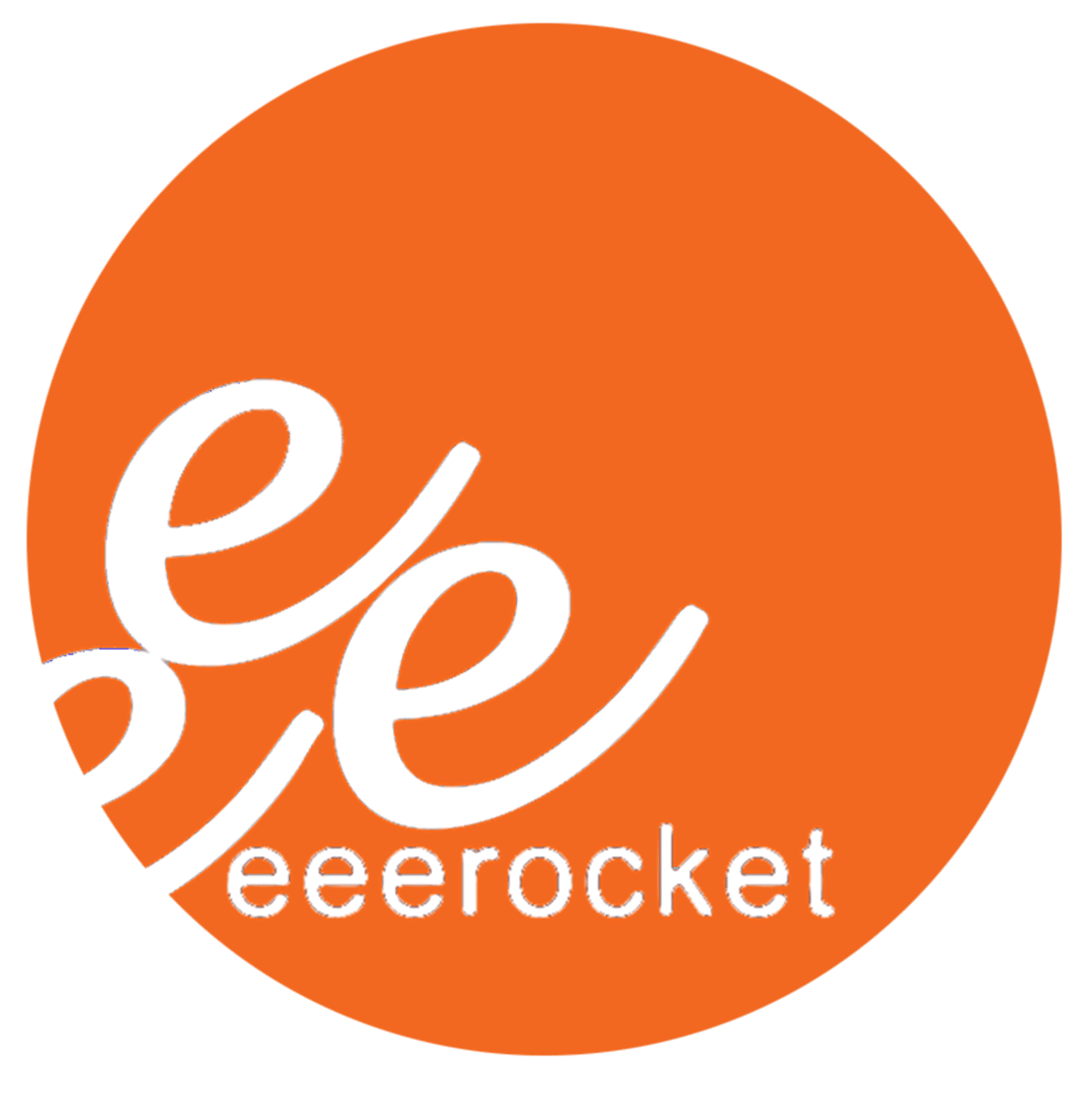#1 Digital Platform For Social Etrepreneurs
Table of Contents
What is a smart business model for living?
A “smart business model for living” refers to a strategic approach that integrates elements of sustainability, innovation, and efficiency to create products or services that enhance people’s lives while also contributing positively to society and the environment. This concept extends beyond the traditional understanding of business models to encompass a broader focus on holistic well-being and societal impact. Here are some components that may constitute a smart business model for living:
Focus on Sustainability: Embrace sustainable practices throughout the value chain, including sourcing materials responsibly, minimizing waste, reducing carbon footprint, and promoting renewable energy use. Prioritize eco-friendly products and services that support environmental conservation and stewardship.
Customer-Centric Design: Place a strong emphasis on understanding and addressing the needs, preferences, and aspirations of customers. Develop products and services that enhance the quality of life, promote health and wellness, and foster positive social connections.
Innovation and Technology Integration: Harness the power of innovation and technology to create solutions that improve convenience, efficiency, and effectiveness in daily living. This could involve leveraging emerging technologies such as artificial intelligence, the Internet of Things (IoT), and data analytics to optimize processes and enhance user experiences.
Collaborative and Open Ecosystems: Foster collaboration and partnerships with stakeholders across different sectors, including government, academia, non-profits, and other businesses. Create open ecosystems that facilitate knowledge sharing, co-creation, and collective action to address complex societal challenges.
Ethical and Transparent Practices: Uphold high standards of ethics, integrity, and transparency in all business operations. Demonstrate commitment to fair labor practices, diversity and inclusion, and responsible corporate citizenship. Build trust and credibility with stakeholders through honest communication and accountability.
Long-Term Value Creation: Adopt a long-term perspective in decision-making, prioritizing sustainable growth and value creation over short-term gains. Invest in research and development, talent development, and infrastructure to build resilience and competitiveness in a rapidly evolving global landscape.
Measurable Impact and Reporting: Implement robust measurement and reporting mechanisms to track the social, environmental, and economic impact of business activities. Set clear targets and benchmarks for key performance indicators related to sustainability, innovation, and stakeholder engagement. Regularly communicate progress and outcomes to stakeholders to foster transparency and accountability.
By embracing these principles and practices, businesses can create value not only for their shareholders but also for society at large, contributing to the well-being and prosperity of present and future generations.
What is a smart online business model for living?
A “smart online business model for living” involves leveraging digital technologies and online platforms to create products or services that enhance people’s lives while also providing sustainable revenue streams. This type of business model often incorporates elements of e-commerce, subscription services, digital content creation, and community engagement. Here are some key components of a smart online business model for living:
E-commerce Platform: Establish an online store or marketplace to sell products that cater to the needs and preferences of customers seeking convenience, quality, and value. Offer a wide range of merchandise, including eco-friendly and sustainable products, health and wellness items, and innovative solutions for daily living.
Subscription Services: Create subscription-based offerings that provide ongoing value to customers while generating predictable recurring revenue for the business. Examples include subscription boxes for curated products, digital content subscriptions for access to exclusive content or services, and membership programs with perks and discounts.
Digital Content Creation: Develop digital content such as articles, videos, podcasts, and online courses that educate, entertain, and inspire audiences. Monetize content through advertising, sponsorships, paywalls, or premium memberships. Focus on topics related to health, wellness, sustainability, personal development, and lifestyle enhancement.
Community Building: Foster a sense of community and belonging among customers by creating online forums, social media groups, and interactive platforms where they can connect, share experiences, and support each other. Engage with community members through regular communication, events, and feedback mechanisms to cultivate loyalty and advocacy.
Personalization and Customization: Use data analytics and artificial intelligence to personalize the online shopping experience based on individual preferences, behaviors, and demographics. Offer personalized recommendations, product bundles, and promotions to enhance customer satisfaction and encourage repeat purchases.
Cross-Channel Integration: Seamlessly integrate online and offline channels to provide omnichannel experiences that cater to diverse customer preferences and shopping habits. Allow customers to browse products online, make purchases in-store, and access support and assistance through multiple touchpoints.
Agile and Scalable Operations: Adopt agile methodologies and scalable infrastructure to adapt quickly to changing market conditions, customer needs, and technological advancements. Invest in robust e-commerce platforms, digital marketing tools, and supply chain management systems to streamline operations and drive growth.
Data-driven Decision Making: Utilize data analytics and business intelligence tools to gather insights into customer behavior, market trends, and competitive dynamics. Use data-driven decision-making processes to optimize pricing strategies, inventory management, marketing campaigns, and product development initiatives.
By implementing these strategies and leveraging the power of online platforms and digital technologies, businesses can create innovative and sustainable models that not only generate revenue but also contribute to the well-being and fulfillment of customers in their daily lives.
What is a Smart Digital Content Creation model?
A smart digital content creation model is a strategic approach to developing and distributing digital content that maximizes engagement, reach, and impact while also achieving specific business objectives. This model encompasses various elements, including content strategy, production processes, distribution channels, and performance measurement. Here are key components of a smart digital content creation model:
Audience Research and Persona Development: Start by understanding your target audience’s needs, preferences, interests, and pain points. Conduct thorough audience research to create detailed buyer personas that represent different segments of your target market.
Content Strategy and Planning: Develop a comprehensive content strategy that aligns with your business goals and addresses the needs of your target audience. Outline content themes, formats, and topics based on audience insights and keyword research. Create an editorial calendar to plan and organize content production and distribution.
High-Quality Content Production: Produce content that is informative, engaging, and relevant to your target audience. Invest in high-quality writing, design, photography, videography, and other creative elements to ensure that your content stands out and resonates with your audience. Maintain consistency in brand voice, style, and messaging across all content assets.
Multichannel Distribution: Distribute your content across multiple digital channels to maximize reach and visibility. Utilize owned channels such as your website, blog, email newsletter, and social media profiles, as well as earned and paid channels such as guest blogging, influencer partnerships, and digital advertising. Tailor your content format and messaging for each channel to optimize engagement and performance.
Search Engine Optimization (SEO): Optimize your content for search engines to improve its discoverability and ranking in search results. Conduct keyword research to identify relevant search terms and incorporate them strategically into your content. Follow best practices for on-page SEO, including optimizing titles, meta descriptions, headings, and image alt tags.
Data Analysis and Optimization: Monitor the performance of your content using analytics tools to track key metrics such as website traffic, engagement, conversions, and ROI. Analyze the data to identify trends, patterns, and areas for improvement. Use insights from data analysis to refine your content strategy, optimize content performance, and drive better results over time.
Iterative Improvement: Continuously iterate and optimize your content creation process based on feedback, data analysis, and changing market dynamics. Experiment with different content formats, distribution channels, and messaging strategies to identify what resonates most with your audience. Be willing to adapt and evolve your approach in response to new trends, technologies, and customer preferences.
By implementing a smart digital content creation model, businesses can create compelling, relevant, and effective content that attracts and engages their target audience, drives brand awareness and loyalty, and ultimately contributes to business growth and success.

















